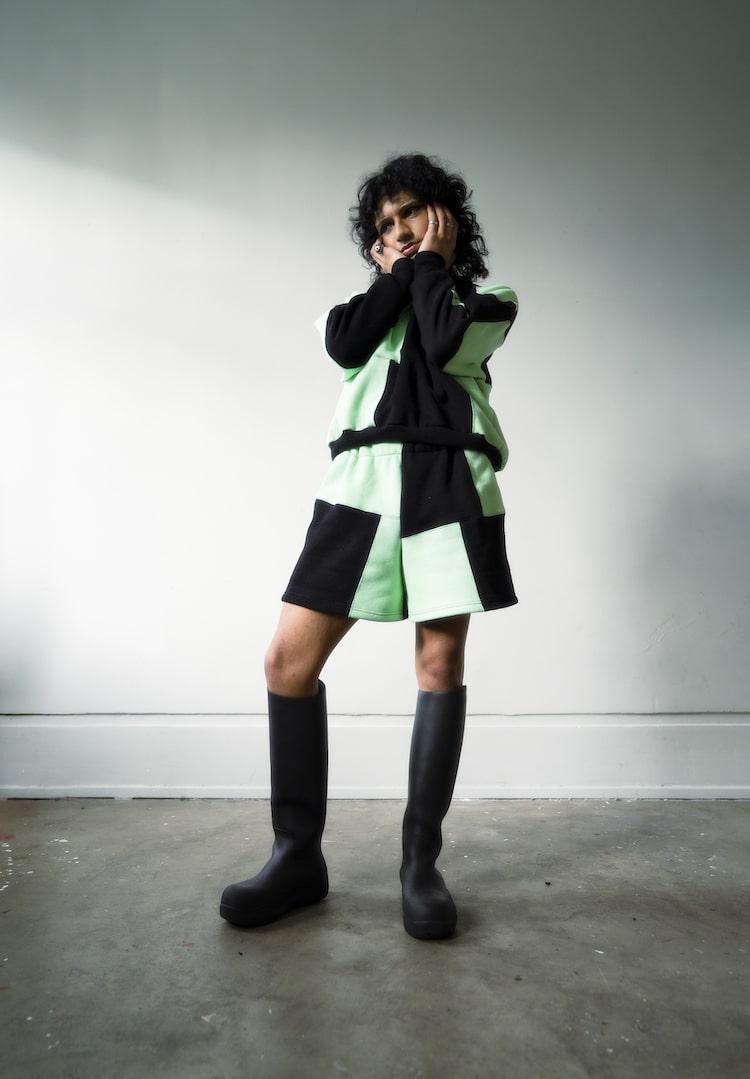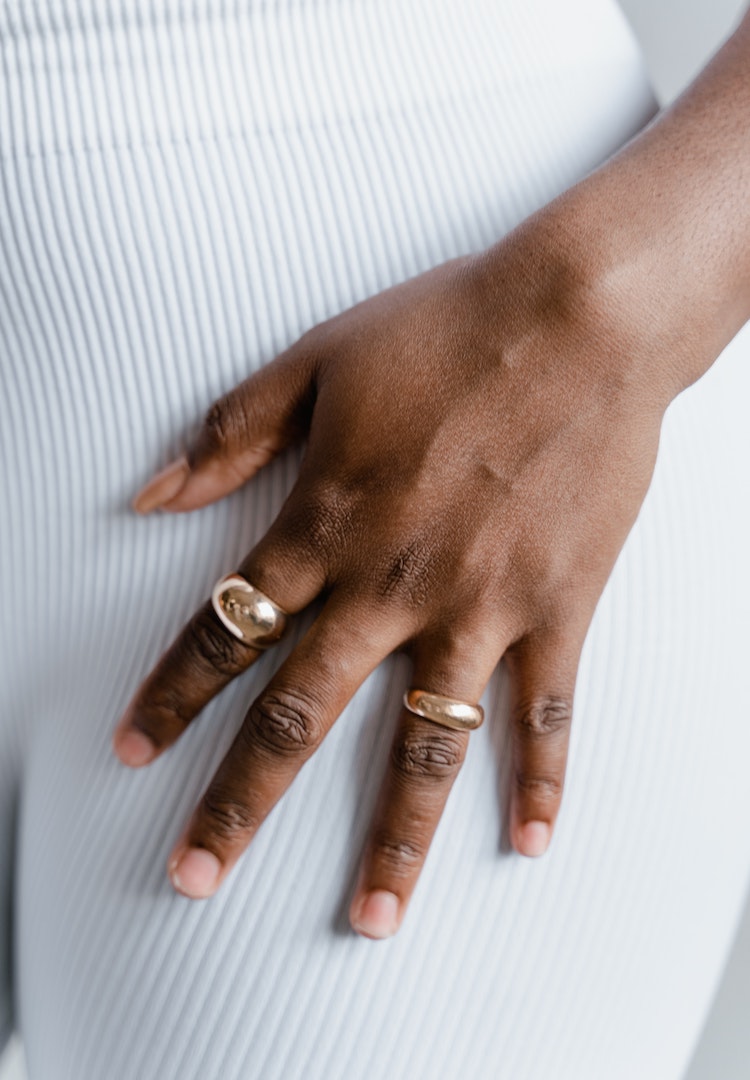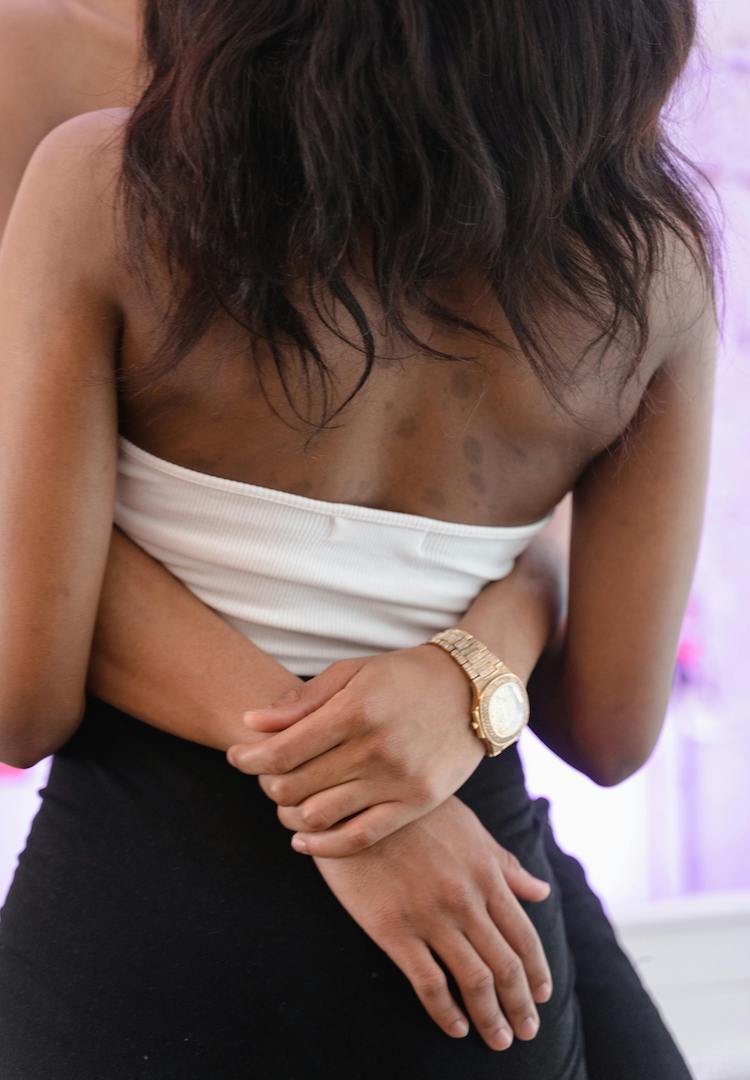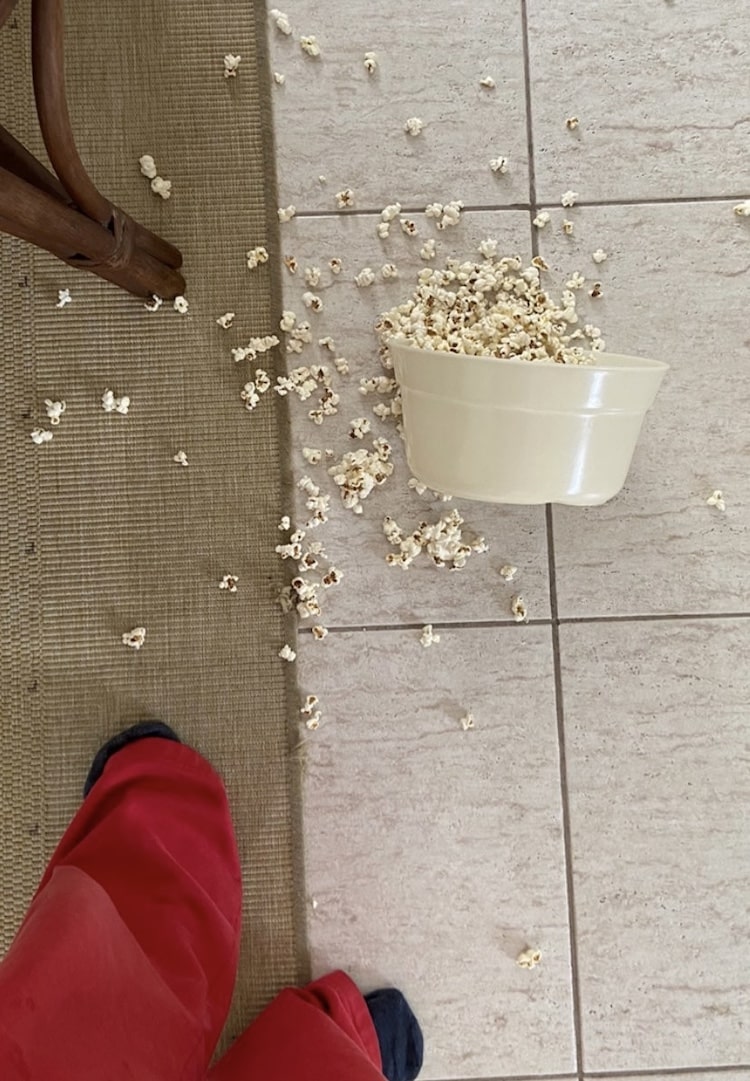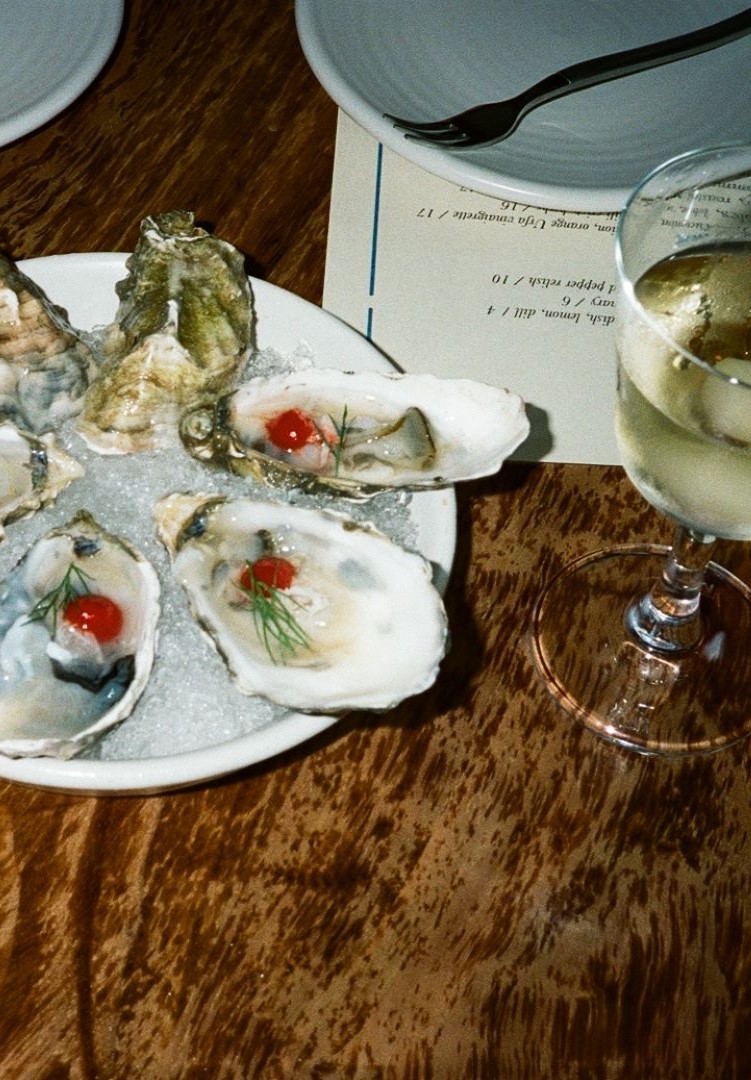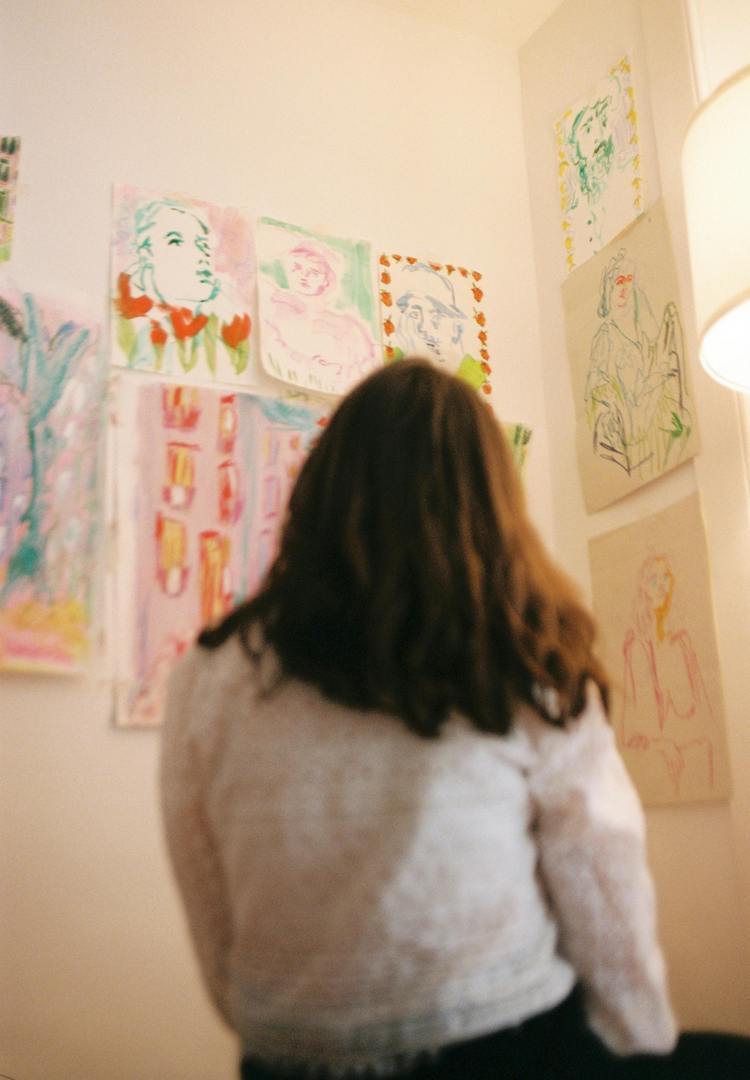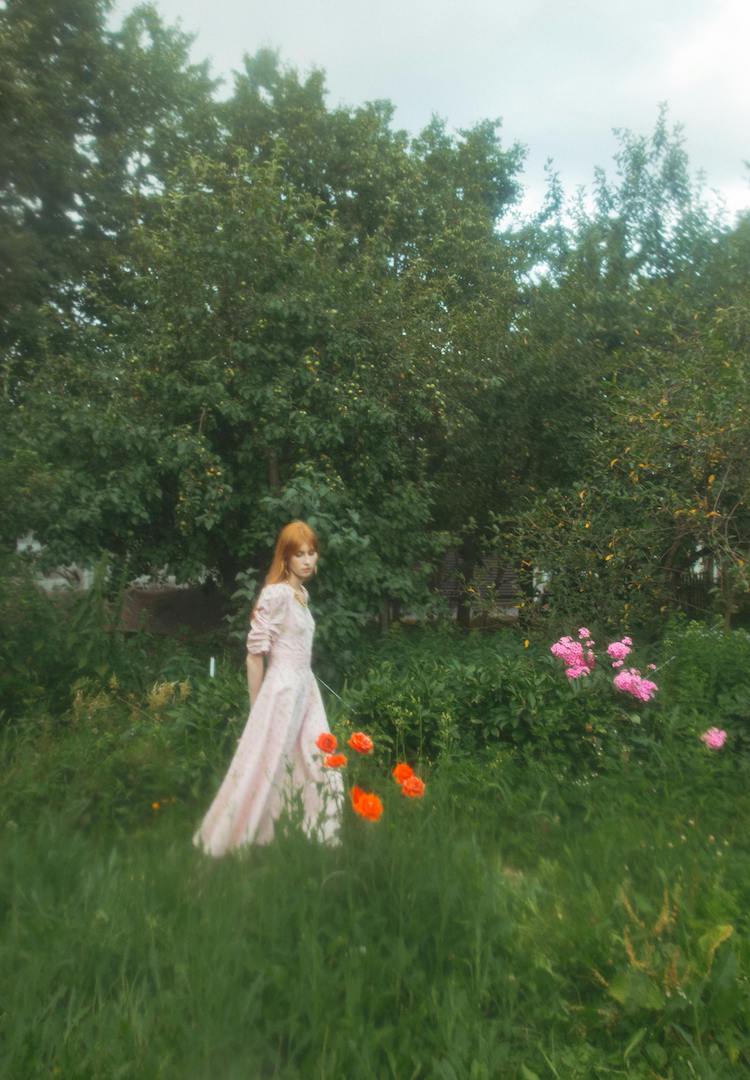What do divorced people do with their wedding rings?
WORDS BY PIA MORRISON
“There’s always something I find so special about breathing new life into a valuable and sentimental piece.”
When it comes to marriage and weddings, rings seem to have stood the test of time. They continue to be a special component of romantic commitment; a public (and sparkly) testament to your relationship. But what isn’t super clear is what you should do with them when that commitment has ended.
When my parents first divorced, my mother continued to wear her rings. They had been a fixture on her hand for so long that it felt strange for her to suddenly be without them. Eventually, she moved the rings from her left hand to her right, signalling her singleness, and wore them there until she remarried. They continue to sit in her jewellery box to this day, a sweet and inoffensive reminder of the former life she once led.
For more fashion news, shoots, articles and features, head to our Fashion section.
On the other end of the spectrum is discarding them. For me this concept conjures up a poignant scene from The Other Woman when Leslie Mann’s character dramatically throws her rings into the ocean, signalling the end of her marriage. A very symbolic and potentially cathartic gesture.
So, is it a form of honouring your past to keep your past relationship’s rings, or are you simply hanging onto something you should let go of? I spoke to bespoke jewellers Holly Ryan and Cushla Whiting to try and answer this question.
Firstly, what is it about rings that aligns them with engagement and marriage? “Wedding and engagement rings are usually circular, a shape that has no beginning and no end,” Holly explains. “They’re an outward symbol representing infinite love and commitment.”
Cushla notes that rings have many symbolic connotations depending on the nature of your relationship/s. “Traditionally, rings have ranged from representing love, friendship, spirituality or even mourning/loss,” she says. “In a romantic union specifically, rings can represent commitment, eternity and love.”
When it comes to choosing an engagement or wedding ring, Holly says things have changed from the traditional script, where one person (typically a male) secretly plans the engagement and chooses the ring alone. “These days, a lot of people make the decision to get engaged together, and the process of designing a bespoke engagement ring and wedding band is personal and intimate,” she tells me.
“Often, I’ll have an appointment with fiances and we’ll discuss design, inspiration, style and their preferences of gemstone and metal type to start. When people have heirloom jewellery that they want to repurpose, we’ll discuss how we can incorporate those elements into a bespoke design that fits their style but is timeless in maintaining the sentimentality and story of the original piece.”
Based on Cushla’s experience with new fiancés, she says the process varies a lot. “Some tend to follow their instincts and are very emotionally driven with their decisions. They will see a gemstone or a design which really ‘speaks to them’ personally. Other people are a lot more calculating and think about things more in terms of whether they are getting the best value. Things such as price, and for example, the diamond grade on the certificate are most important to them, rather than an emotional connection.”
In terms of keeping or getting rid of rings after the dissolution of a relationship, it will certainly depend on each individual situation and is often a reflection of how and why the relationship ended. But keeping them can feel like sitting on something too precious to ignore while throwing them away might not be the most sustainable (or financially wise) decision.
One option that stands out as a good in-between is the process of remodelling, which involves using the parts of an old ring to turn it into something new – a quaint metaphor perhaps for the breakdown of a relationship.
“I do remodelling as much as possible,” Holly says. “Keeping circularity in jewellery design and producing with limited to no waste has always been part of my ethos. I’m always conscious of both a client’s sentimental attachment to the original piece, as well as designing in an organic way so that the new ring is one that fits my own design aesthetic.
“Personally, there’s always something I find so special about breathing new life into a valuable and sentimental piece. Seeing the final product and the client’s reaction is the best part of my job, and every time it’s just as rewarding.”
Cushla likewise remodels heirlooms or rings from past relationships quite often. “I love remodelling jobs, as the client has the opportunity to turn a really sentimental piece which may remind them of someone important in their lives into a piece which suits their individual style and feels like them,” she says. “It’s so nice to be able to repurpose precious things into something new.”
So, taking into account all of this, what should divorced or separated people do with their wedding rings? According to Holly, if the owner still enjoys wearing the ring, she doesn’t see the point in a valuable piece of jewellery gathering dust.
“The most amazing part of jewellery design and working with precious metals and high-quality gemstones is that they never lose their value,” she says. “If you don’t want to remodel the ring, we can often recycle the gemstones and metal and offer you a credit to put towards another piece of jewellery, or towards creating something entirely new that you’ll wear and love for life.”
As for Cushla, if you love your ring and it’s not too painful to hold onto, she thinks you should consider keeping it. “But, if it has too many sad memories, remodelling is a great opportunity to make something new which is entirely for yourself and which represents your new future,” she concludes. “We’ve turned many engagement rings into very cool dress rings! I love the idea of circularity and re-invention.”
It’s clear that remodelling wedding or engagement rings is not only a sustainable and interesting practice but can be a beautiful way of holding onto good memories while recognising and embracing the need to move forward. At the end of the day, your jewellery’s value and meaning are ultimately what you assign it, and whatever you need to do with your rings in order to be happy is totally up to you.
Find out more about Holly Ryan here and Cushla Whiting here.

